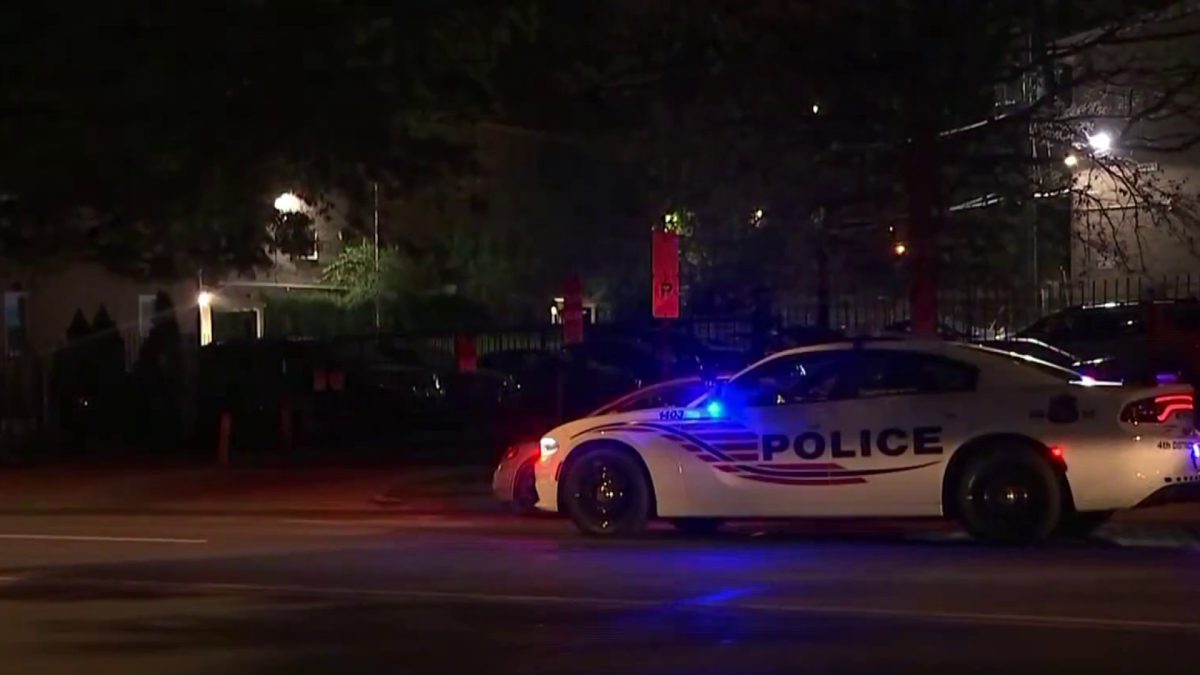Day Two of repairs to the Hubble Space Telescope saw a fresh, two-man crew of astronauts dealing on the fly with more glitches as they replaced the observatory's six gyroscopes, which keep the interplanetary peeper steady while cameras take the observatory's stunning, trademark photos.
While Atlantis crew members John Grunsfeld and Andrew Feustel rested after swapping the telescope's 900-pound camera for a new, super-charged model, the other team ventured out of the shuttle and into space at 8:16 a.m. Astronauts Michael Massimino and Michael Good set about replacing the telescopes six gyroscopes, but had to resort to a refurbished one when they couldn't install a new one.
Without the gyroscopes, the telescope would not be stable enough to observe the heavens and beam images home to earth, mission managers said.
"The gyros are absolutely critical in order to maintain your pointing preference," Hubble project manager Preston Burch told Space.com.
We're making it easier for you to find stories that matter with our new newsletter — The 4Front. Sign up here and get news that is important for you to your inbox.
The hangup cost the spacewalkers a couple of hours, and came a day after a stubborn bolt threatened to scuttle efforts to replace the Hubble's grand piano-sized camera. Massimino, working from inside the Hubble, and Good quickly removed all six of the telescope's decade-old gyroscopes. The first set of two replacements went in easily enough, but the next two did not fit. Another set did, drawing cheers from mission control.
But the final set of gyroscopes did not go in, leaving the astronauts to resort to a box of spare, refurbished units that had been taken from Hubble in 1999. No matter: NASA officials say the refurbished ones are almost as good as brand new ones. Still, there was a brief scare when Massimino's communication system went on the fritz and no one could hear him for for more than a minute.
"That was scary," said one of the astronauts inside the shuttle.
Once the gyroscopes were in place, five hours had elapsed and the team still had to change three of the Hubble's 19-year-old, nickel hydrogen batteries. Each is the size of a large TV set. The other three batteries are scheduled to be swapped out next week..
The astronauts are on an 11-day mission that will include five spacewalks 350 miles above earth. Installing the new, $132 million camera was the centerpiece of the mission, and astronomers say it will allow them to peer deep into the universe, to within 500 million years of the Big Bang -- some 13 billion years ago. The repairs will also include installing fresh thermal covers on the telescope and a docking ring that will allow a future space craft to guide the telescope back to earth in the early 2020s.
Local
Washington, D.C., Maryland and Virginia local news, events and information
Weighing on the astronauts were earlier reports of damage to the shuttle's heat shields and the fact that the orbit in which they are working is littered with space debris. NASA has determined that minor damage from Monday's launch won't imperil the mission, but is nonetheless readying a rescue shuttle in case it is needed.
This is the fifth time astronauts have gone to fix the 19-year-old Hubble, the last time being in 2002. Prior repairs were much less complicated, however.
Meanwhile, the European Space Agency launched a deep space telescope on Thursday which they believe will aid astronomers in unraveling the mysteries of the universe's creation. The spacecraft ferrying the Herschel space telescope will travel for several weeks before settling into orbit 1 million miles from earth. Once there, the telescope will spend three years collecting data and studying ice and dust left over from the formation of the universe.



